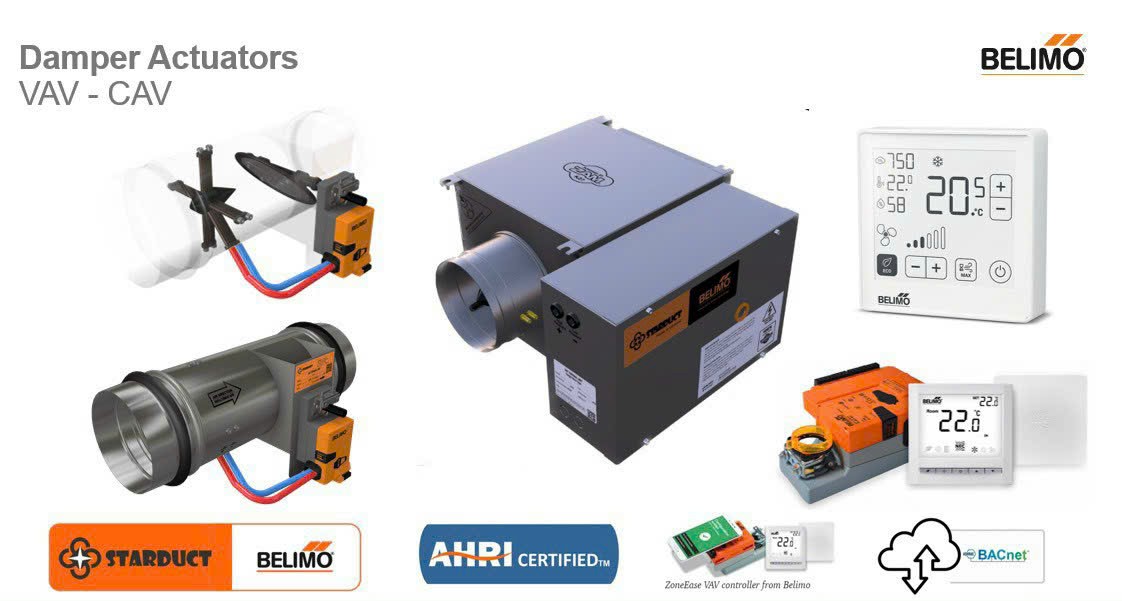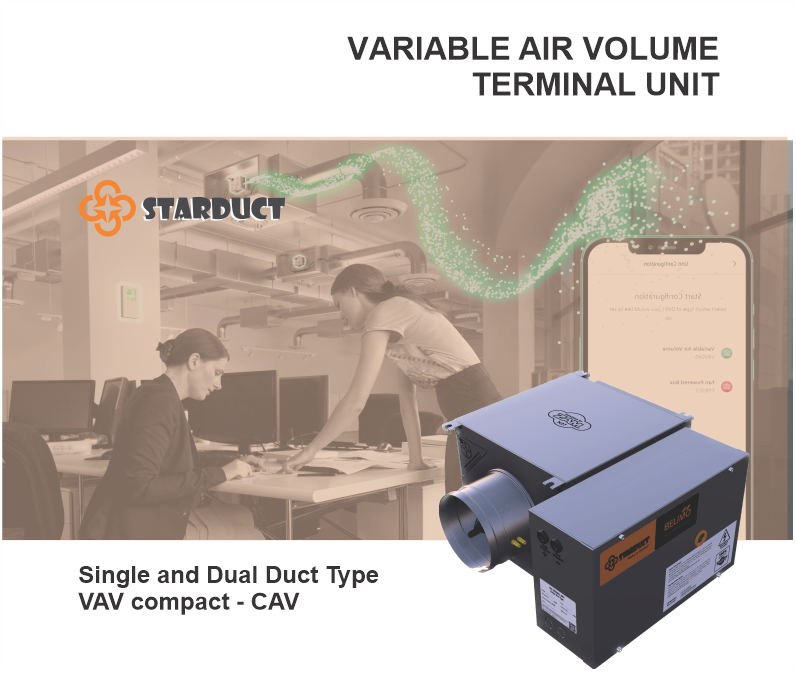Your cart0 Products
There are no products yet

Proper installation is crucial to ensure the VAV system performs as designed. Key steps include:

⚠️ Important: Clean ductwork before operation to prevent dust from jamming dampers. Ensure all AHU filters are installed to protect fans and sensors.
🧠 Expert Insight: After a decade, rubber and plastic parts degrade, sensors drift, actuators stick, and heating valves may leak—leading to poor temperature control and wasted energy.
📊 Tip: Use BMS trending to detect anomalies—e.g., rooms with large temperature swings or excessive reheat usage.
